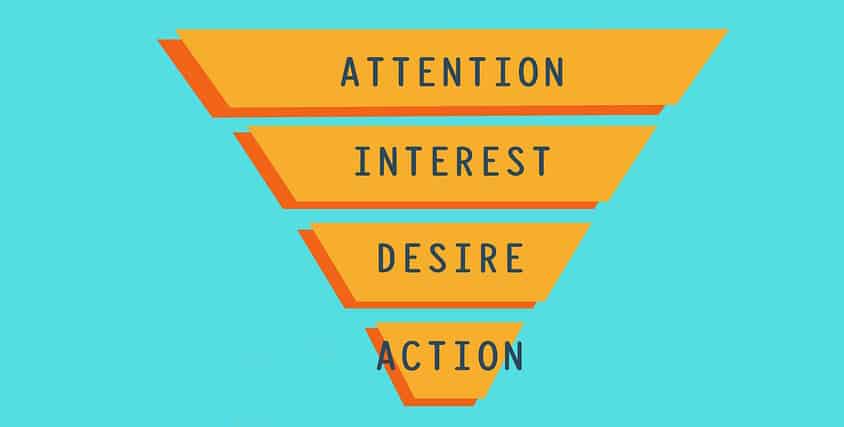
The customer journey could be the most important concept in sales, and the most overlooked. Failure to understand it results in lost sales…and no idea why they were lost. Here’s a “crash course” in the customer journey, and how you can use it to achieve more of your sales goals.
What is The Customer Journey?
Very simply, it’s the step by step process that you customer goes through leading up to buying something…buying anything. You’ll recognize the process, because you’ve taken the journey when you’ve bought something. It goes something like this:
- Awareness of a problem or need
- Interest: in solving the problem
- Researching possibilities
- Desire: Narrowing the possibilities
- Action: Making the purchase
Those are the basic steps you take when you buy virtually anything. Successful businesses use this knowledge to help move the sales process forward. They also know that the process can actually go further, because making the (initial) sale is only the beginning. After that, comes: - Delivery of the product or service
- Delighting the customer
- Post-purchase actions: spreading the word
- Re-purchase: of the product again, or “add-on” accessories
What’s this really mean in real life?
Let’s consider a story about a friend of mine: She moved in a new apartment. COVID made it impossible for her to go to the health club for a workout.
- She realized that she needed a different solution
- She really wanted to stay in shape, so she started…
- Thinking about her options:
- Walking, but that wasn’t enough exercise
- She tried Running, but that wasn’t the perfect COVID solution, and it hurt her knees!
- Online classes: a good idea, but not perfect
- Buying one of those “all in one” gyms…but she lived in a Manhattan studio apartment, so that wouldn’t fit
- Buying a treadmill
- Buying a stationary bike: that sounded like the best idea
- Then she did some research online, finding different options about stationary bikes to narrow the possibilities
- New or used?
- Nordic Track, Equinox, ProForm, Schwinn, Bowflex, Peloton, or a “no name” model?
- Just a bike, or one with video classes to keep it interesting?
- Just a bike, or a brand with add-on workouts like weights and yoga?
- Making the purchase: after all the research, asking friends, and reading the reviews to check each supplier’s reputation, she made the purchase. She’s really excited about her new best friend: a Peloton Bike.
- She lives in Manhattan, right by a Peloton store. She went it (wearing a mask) and made the purchase. She was surprised when it showed up the next day. The tech set it up, gave her a quick tour, and she was “off to the races”!
- Now she rides every morning before work.
- She’s told all her friends about it, and posted a photo of her purchase online. She’s spreading the word!
- And because a Peloton has so much potential for growth, she’s bought the official Peloton shoes, and subscribes to their online workouts.
The point of the story was that she went through a very normal process, step by step, until she was ready to buy. Sometimes the journey is quick and easy, like buying a candy bar. Other times, when you need a doctor, lawyer, insurance or even a way to exercise, the process could take a bit longer and go more in-depth.
Why the Buying Journey is important
So why is this important? Successful salespeople work with the customer at every step of the process. At the third step of the process, nothing will get the consumer to buy…not even a big discount, because they’re just not ready. What they’ll actually react to at this point is content marketing, friends’ thoughts, and articles she may have seen.
Later in Step 4, she’s looks for information like videos, product descriptions, and product information on websites.
In Step 5, the consumer often calls your business with specific questions. This is when other marketing tools like White Papers, pdf’s, messages on hold, and telephone “talking points” about features help.
Think about the Customer Journey and you’ll win more customers
Providing the right information to the right people at the right time makes all the difference in whether you make the sale, or lose it. Think about your customers, and what you can do better to nurture them at every step of the buying process.
For information about how Informer “messages on hold” can help win more sales when potential customers call you, click here for more information, or call us at (800) 862-8896 today.

